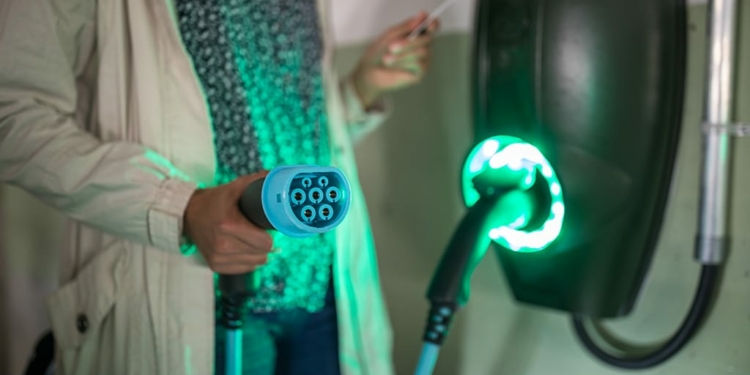Source: IDTechEx news
The new IDTechEx report, Electric Vehicles 2020-2030 is the most thorough on the subject with 100 categories forecasted by number and market value and many newly-revealed trends and predictions.
Consider voltages. We look to performance electric vehicles, land, water and air, for the future. One clear message is voltages are rising, giving lighter-weight, smaller motors and interconnects, greater efficiency, less heat, faster charging. Pure electric vehicles going to 800 volts include Fisker’s Emotion launching in 2019, the planned Chevrolet Camaro race car, Porsche Taycan coming to market, the Audi supercar prototype and Aston Martin Rapide E GT-supersaloon. An 800V Genovation Corvette achieves top speed over 200mph.
They have to be charged of course but Ricardo works with Fisker on a proprietary 800V charger, 800V battery pack and e-axle powertrain. Wild card is a solid state battery to be launched at an undefined date that will be more suitable for high voltages and fastest charging without fire risk. Meanwhile, a range of 200 km is promised within 9 minutes of charging. Dräxlmaier is starting series production of the 800V battery system for the Porsche Taycan. Porsche has even begun installing 800V electric charging stations at dealerships evidence of Volkswagen Group applying formidable talent and money to leapfrog Tesla.
Back in 2016, Porsche developed an 800V charging system (as well as wireless charging) for the Mission E concept. If this system goes into production, VW is likely to use it in other EVs. Also in VW Group, Audi’s 570 kW power comes with its own 800V charging system. The attempt on the pure electric air speed record by Rolls Royce ACCEL program in the UK involves a 750V powertrain.
NASA’s Glenn Research Center have developed a variable-frequency, 20kV AC power system to enable turbo-electric and hybrid electric propulsion. See the new IDTechEx report, “Manned Electric Aircraft 2020-2030” for the rocketing new electric aircraft market with one startup approaching a $200 million orderbook in only one year. NASA believes 20kV can be useful in commercial hybrid electric aircraft, hybrid electric unmanned aerial vehicles, microgrids and ships.































